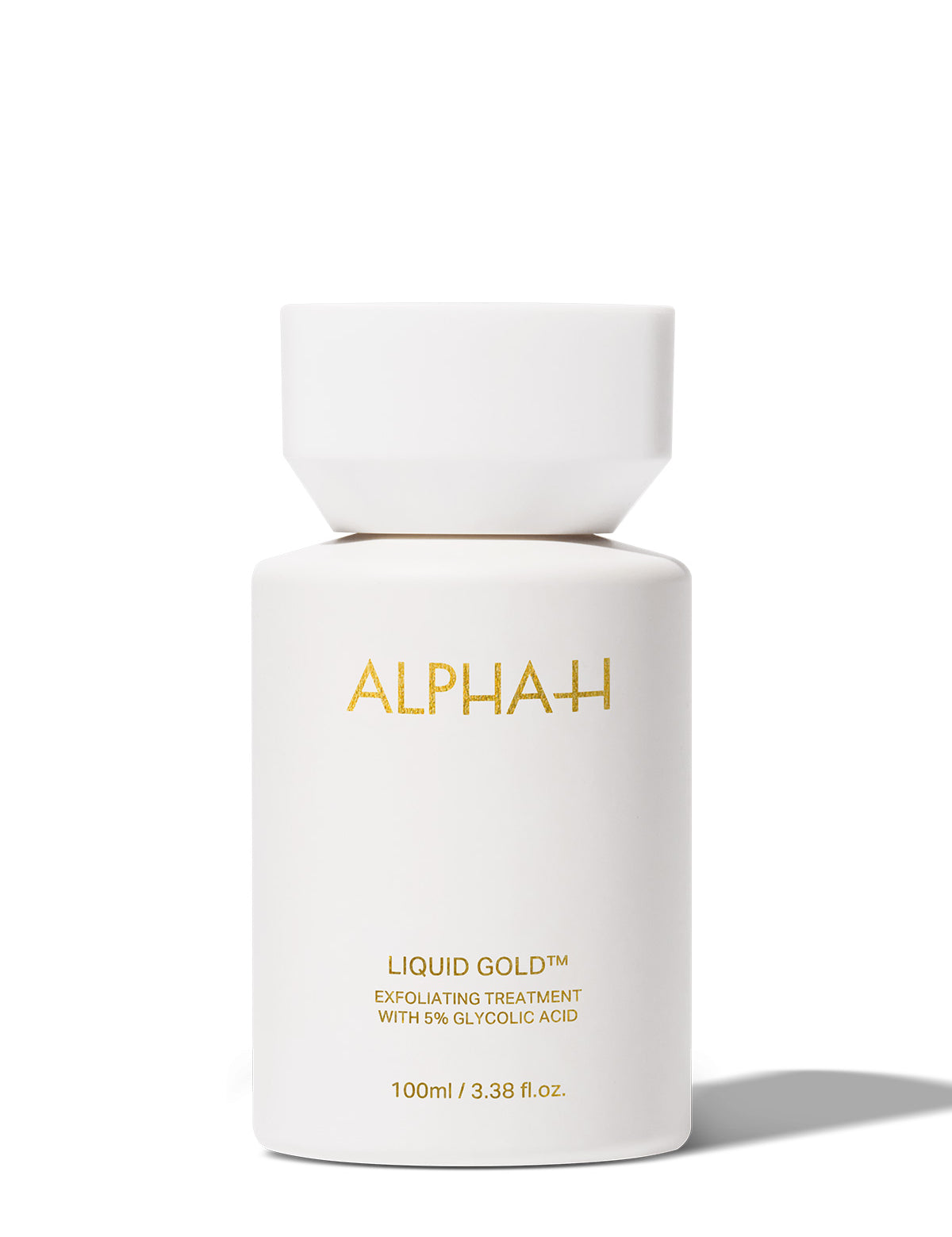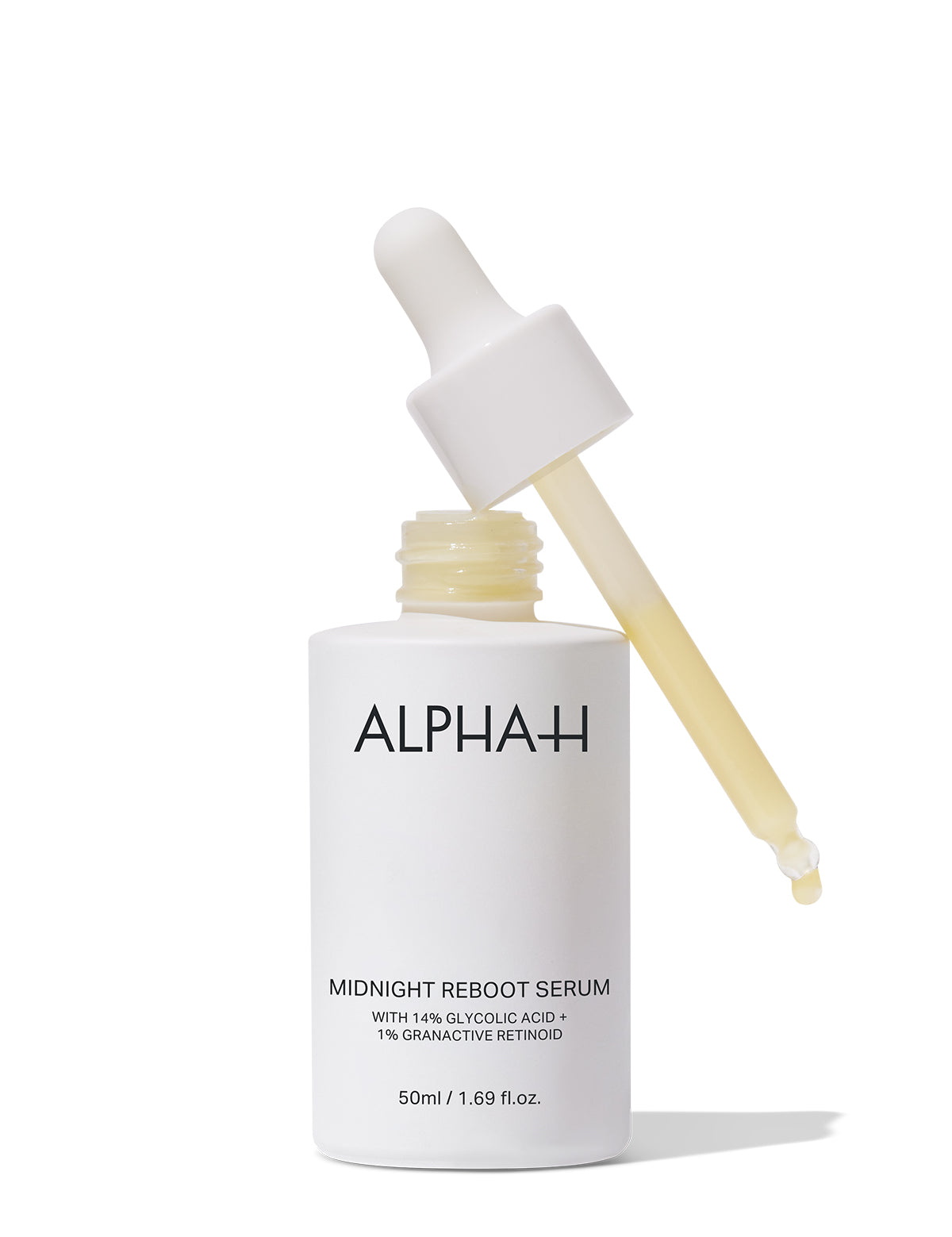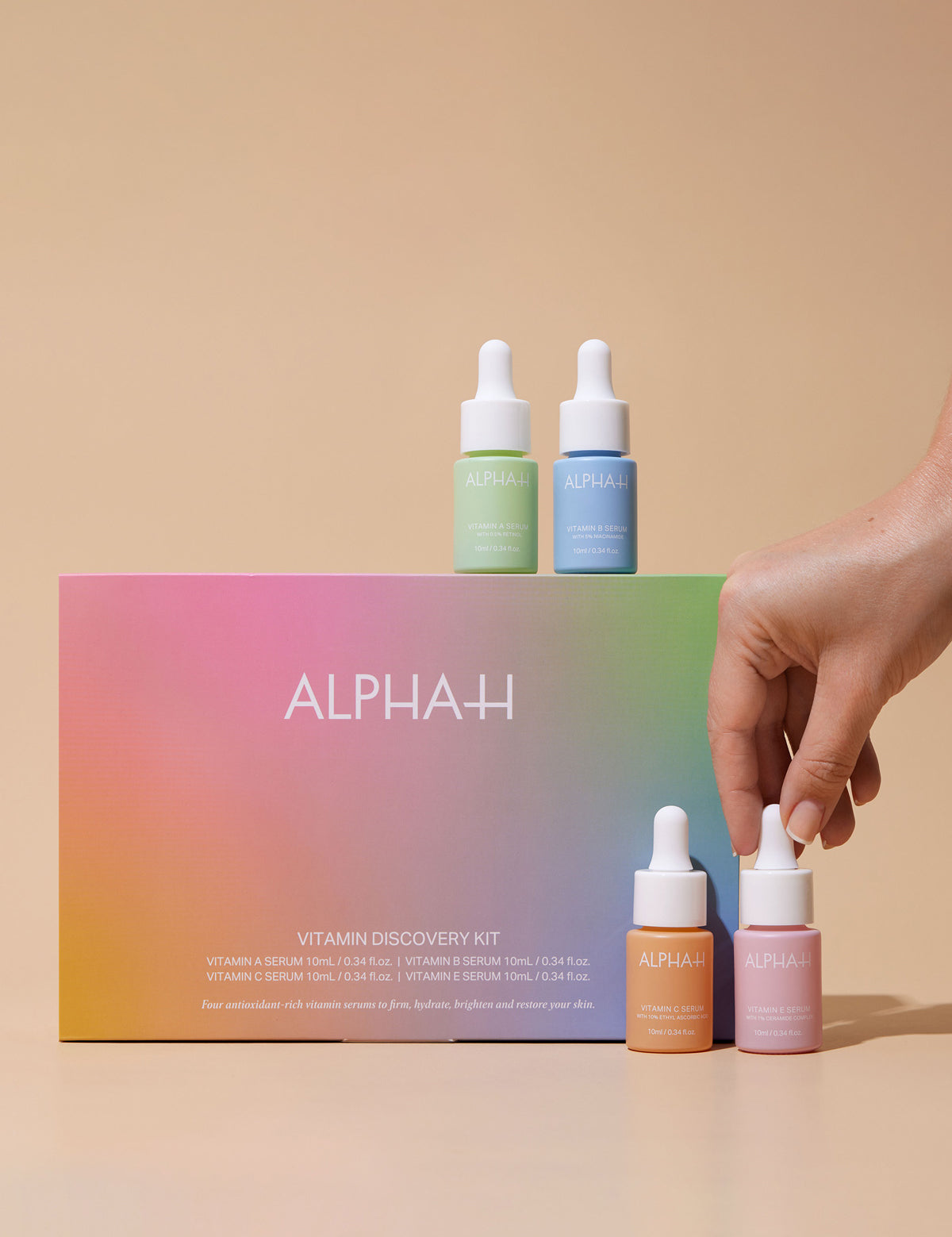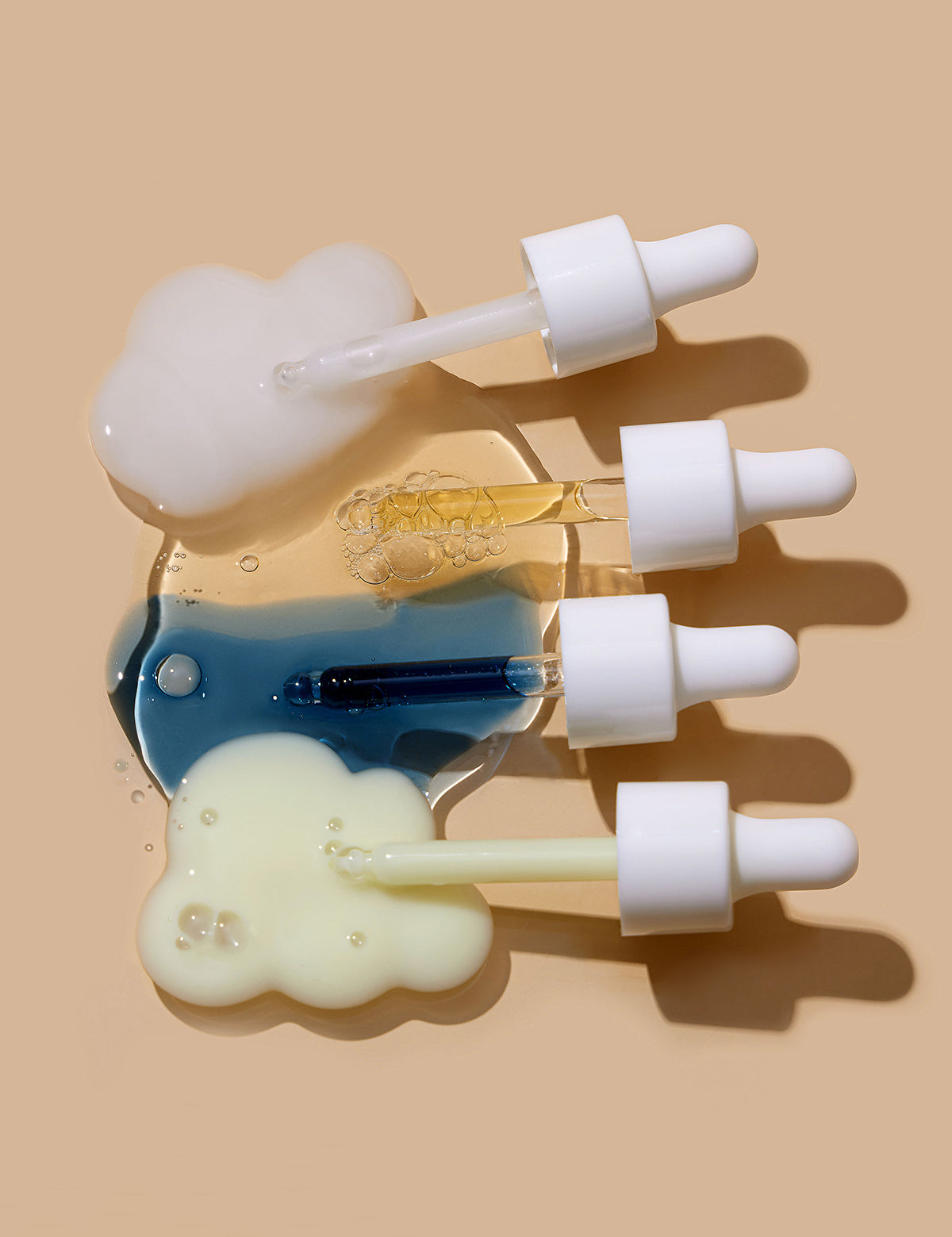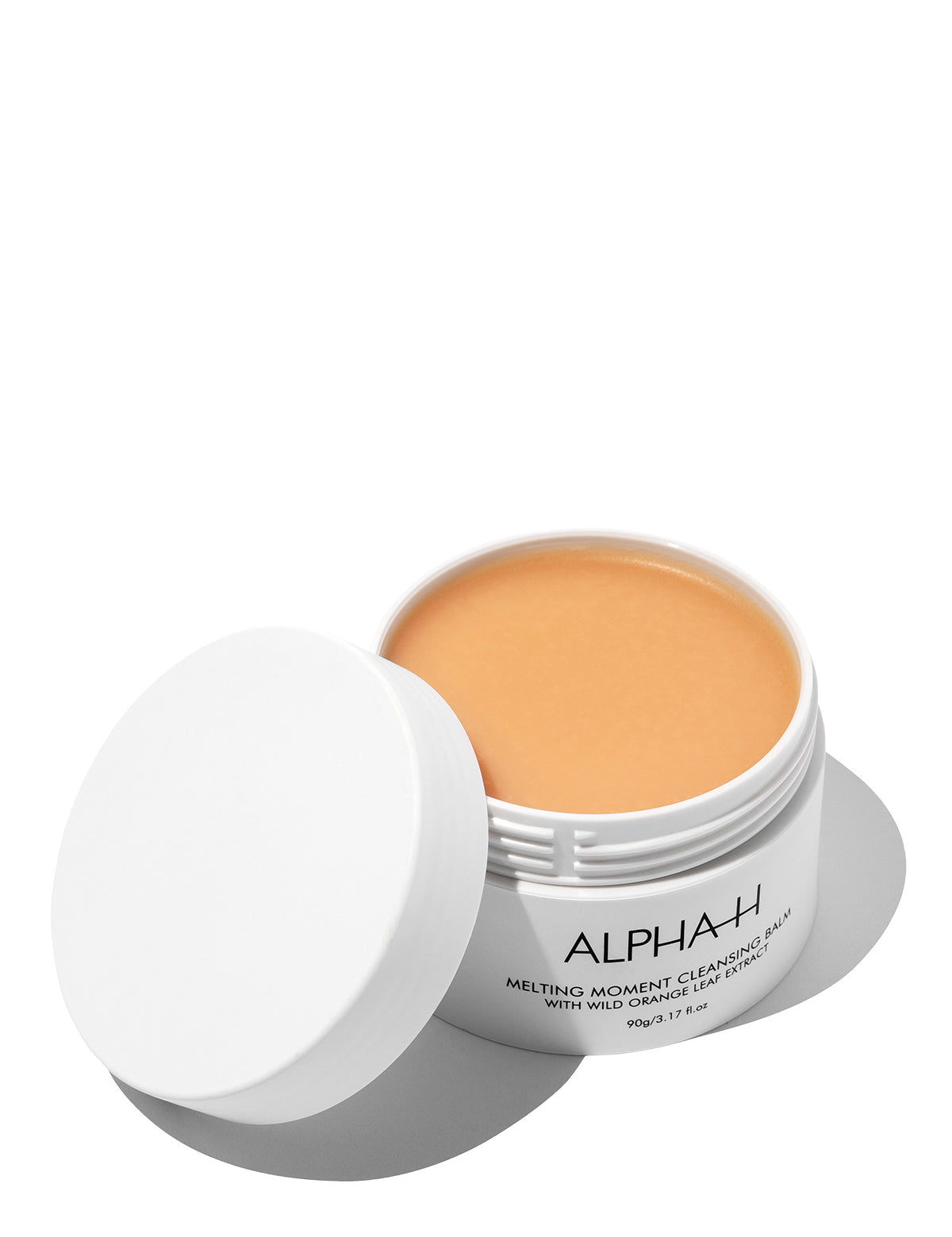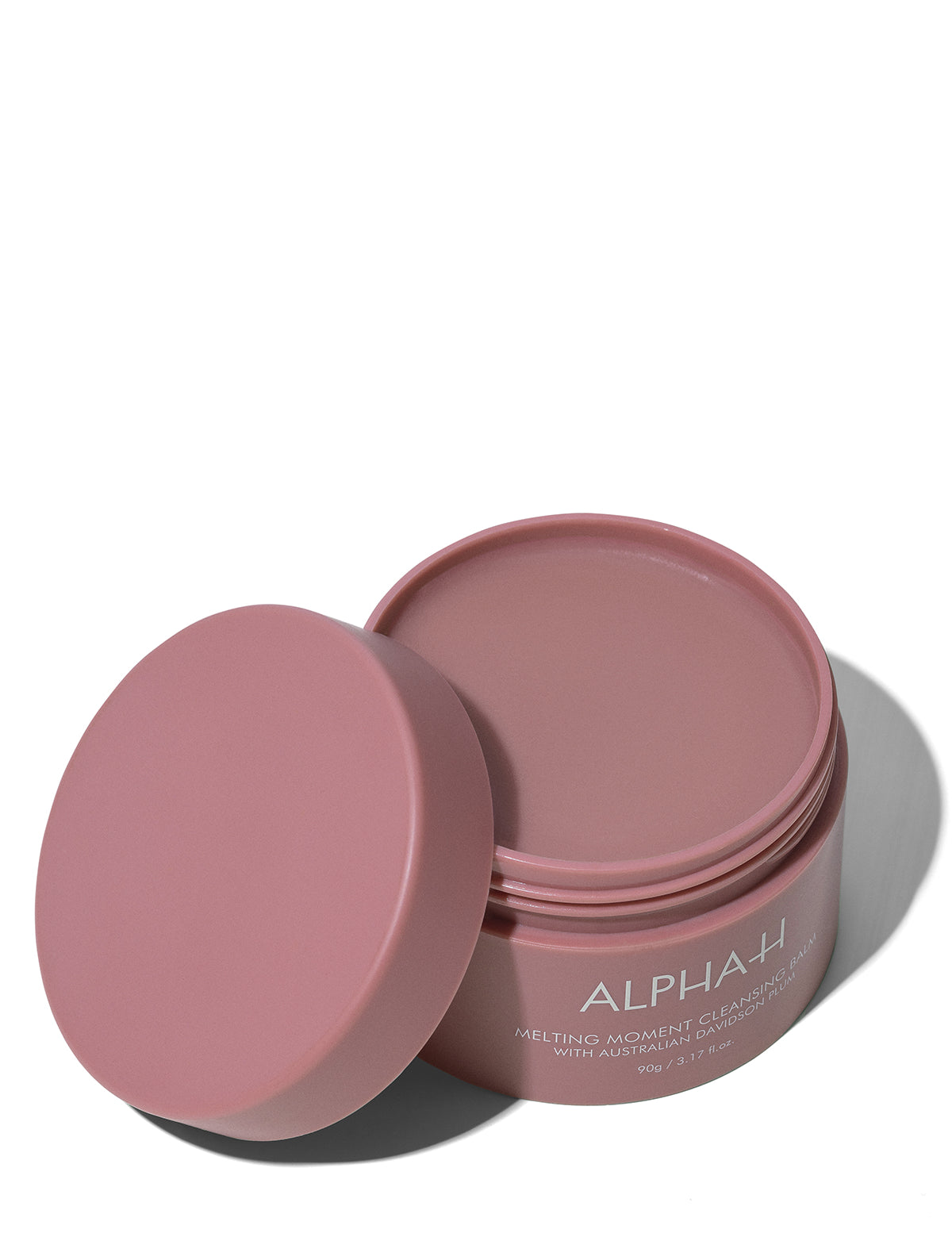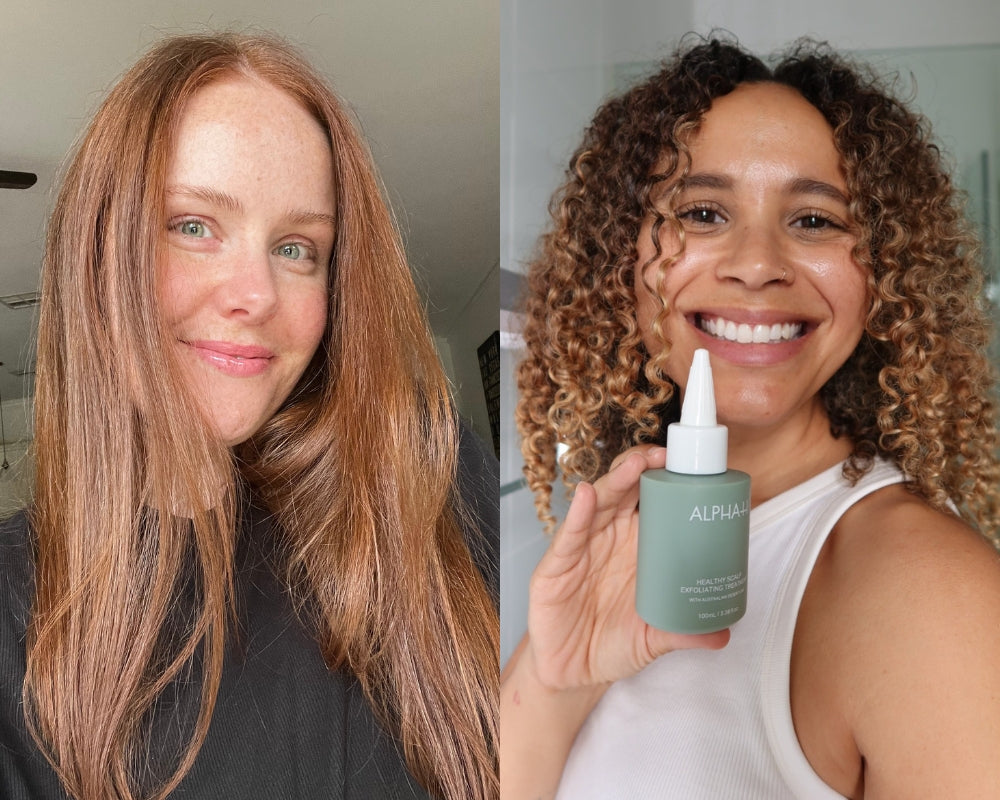Understanding the difference between facial skin and body skin

Is there any difference between the skin on the body compared to the skin on the face?
The skin on our body protects us from the outside world. It provides a barrier against environmental stressors such as pollutants, bacteria and protects against water loss. It provides a flexible covering for our vital organs and plays a crucial role in regulating our body temperature.
The skin on our body can appear like the skin on our face, however, it has some unique differences to facial skin and as a result, requires particular care.
The main differences between facial and body skin are:
Skin thickness: Facial skin is thinner than the skin on our bodies. This varies depending on which part of the body however, the fat layer under the skin is thicker on the body than the face. There are also some unique differences; one of these is that some areas of our body such as the hands and soles of the feet have a whole extra layer in the Epidermis (the top layer of the skin) that covers them. This additional layer allows for increased resilience and stretch in these areas.
Skin Cell Turnover Rate: There is a naturally occurring slower skin cell turnover rate in the skin on the body, often resulting in dryer, thicker and scalier skin. As it takes longer to replace existing skin cells with new ones, dead cells can linger for longer on your skin making it appear dry, dull even flaky.
Dryness: The skin on the body has less oil producing sebaceous glands than the face so dryness tends to be more of a concern.
How does the skin on the body age compared to the skin on the face?
The skin on our body – apart from frequently exposed areas such as the arms and hands – does tend to have better protection against UV rays because we generally cover it up. As exposure to the sun is one of the primary causes of skin ageing, this means that the rate of extrinsic or external ageing in covered areas will be slower.
Age-related skin changes to the skin on the body are like those on the face in that they can include thinning, sagging, wrinkling and in areas frequently exposed to the sun, the appearance of age spots. Broken blood vessels and areas of dryness as well as skin health concerns such as skin cancer, are also more common as we age and appear on the skin on our body.
What are some of the ways we can care for the skin on our body?
Most of us follow a regular skin care regime that pays special attention to the skin on our face. The skin on our body generally plays second fiddle. But it is equally important. Our simple yet effective three step approach can and should be applied to body care too.
Begin by ensuring that you take showers or baths using warm water. Warm water is less drying that hot and helps to avoid unnecessary capillary dilation which can lead to unsightly broken capillaries. These are quite common across the decolletage which is the primary area we tend to have the shower beating down on. When cleansing the body choose mild gentle cleansers that do not strip vital oils as this may cause irritation and lead to a compromised barrier and dehydration.
For problem areas such as chest and back breakouts, try a naturally antibacterial non-foaming cleanser such as Clear Skin Daily Face & Body Wash.
Each morning ensure that body skin exposed to the sun is adequately protected. Apply a broad-spectrum SPF and ensure that you re-apply according to directions if you are out on the sun for prolonged periods, swimming or exercising. We recommend Daily Essential Moisturiser SPF 50.
When apply a hydrating lotion or moisturiser remember to reapply after showering and pay special attention to dry areas such as elbows, knees, and heels.
Regular exfoliation is particularly important for the skin on the body.
Our skin is constantly shedding dead cells. In a young healthy skin this process occurs naturally around every 30 days or so and encourages fresh new cells to push their way to the skin’s surface. These new cells are plump and smooth and change the appearance of the skin giving it increased luminosity.
However, the skin on the body sheds slower than facial skin. As we age, the rate at which this process occurs begins to slow down even more and dead skin cell build up accumulates on the top layer of the skin which is known as the Epidermis. This accumulation of these dead cells can make the skin appear dull.
Purposefully removing – i.e. exfoliating – dead skin cell build-up from this outer layer of the skin to speed up or mimic the skin’s own natural process of shedding helps reveal fresher, smoother skin underneath. Regular exfoliation can help products penetrate the skin more evenly and effectively, encouraging the production of vital proteins that form the skin’s supportive layer such as skin smoothing and plumping collagen.
Micro Super Scrub for Face & Body is a creamy dual-action exfoliant that utilises exfoliating ingredients Glycolic Acid and eco-friendly Bamboo extract. Micro Super Scrub is recommended for use up the three times a week or more for specific body conditions such as Keratosis Pilaris where follicles become plugged with the protein keratin.
Micro Super Scrub can be applied before the shower, massaged in gently paying particular attention to dry areas heels, knees, elbow and feet and left to work on the body a few moments before rinsing off well in the shower.
- Tags: All Ask Alpha Skin Science

